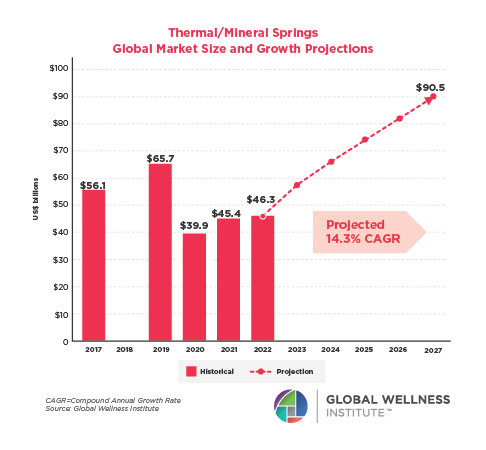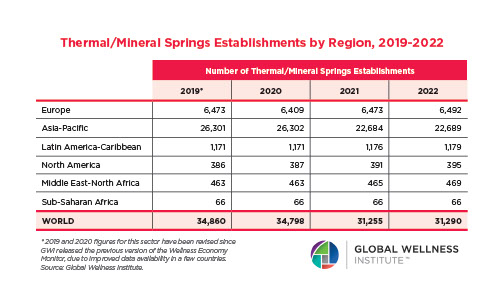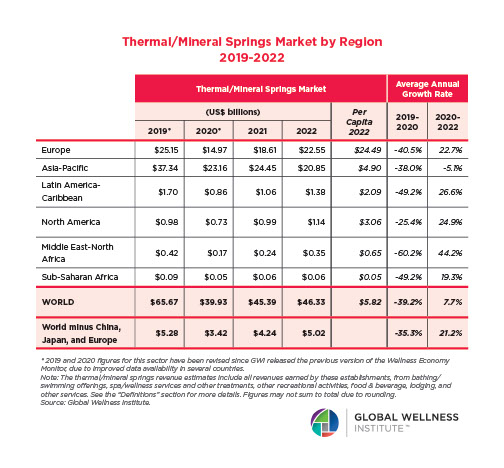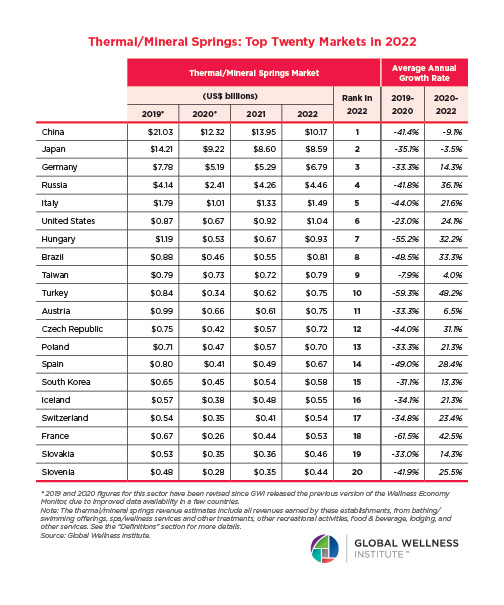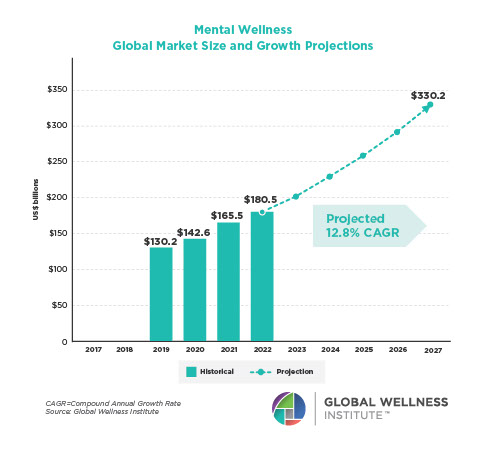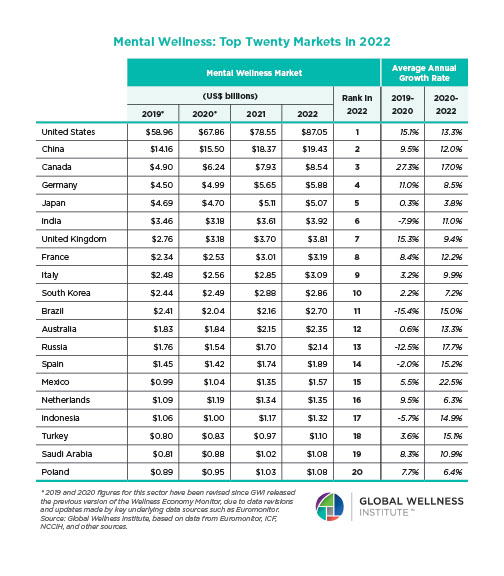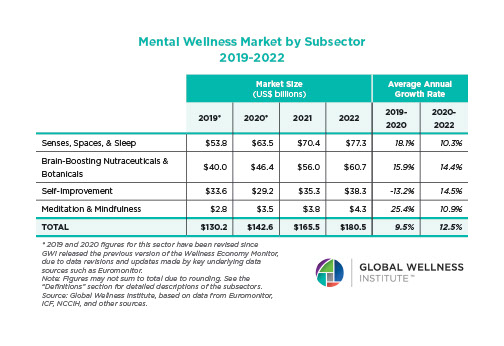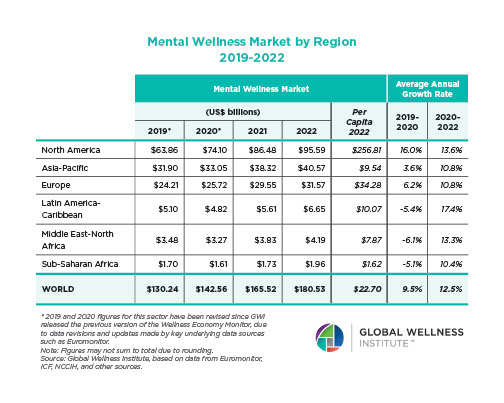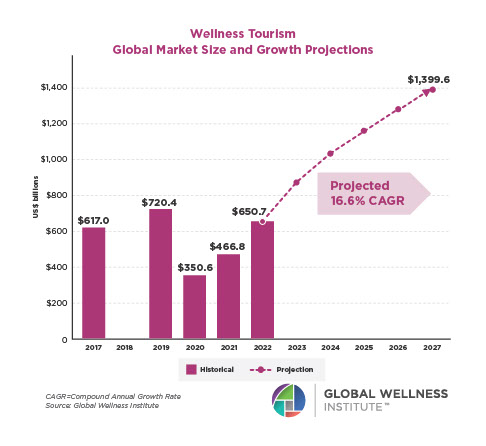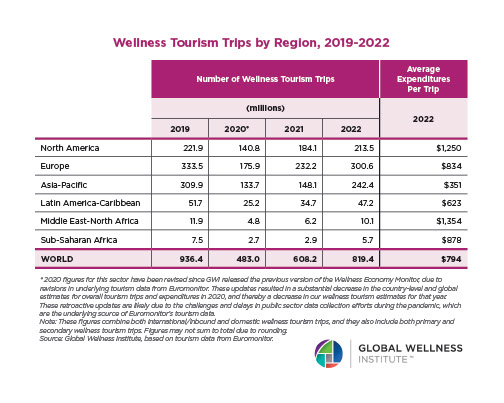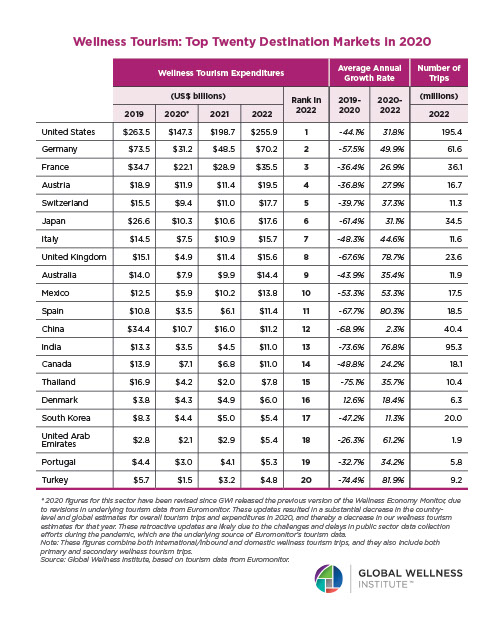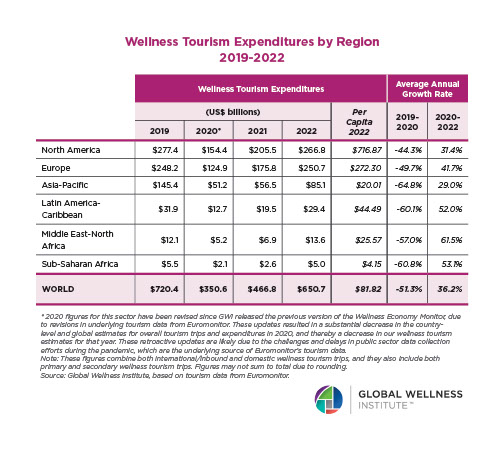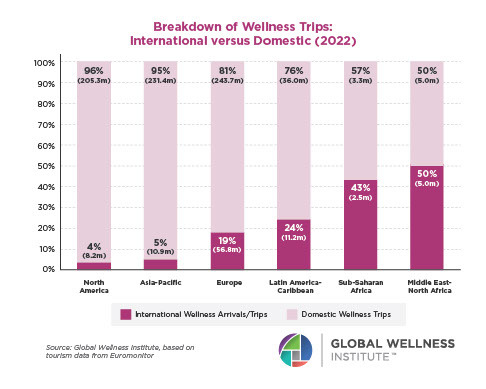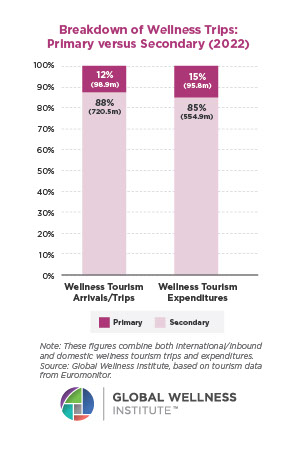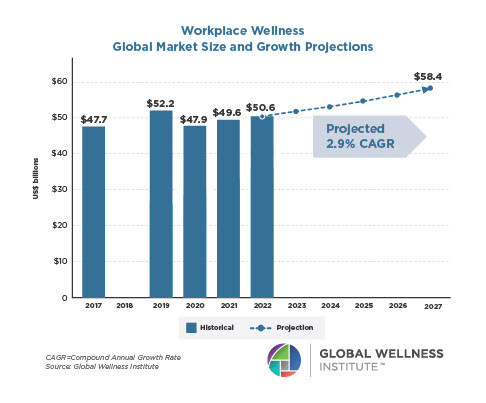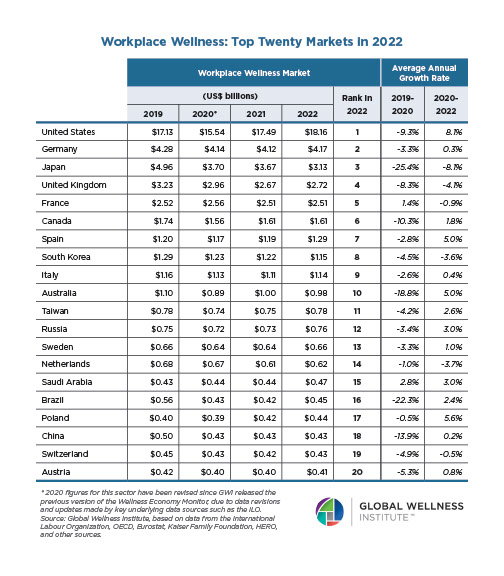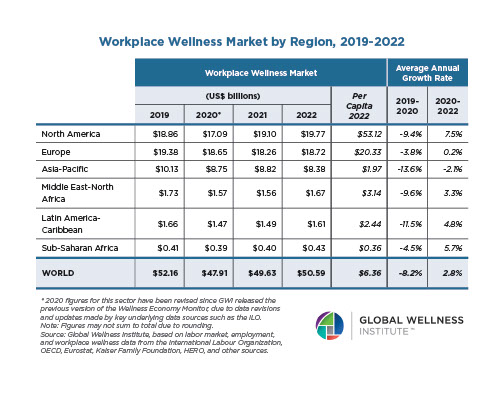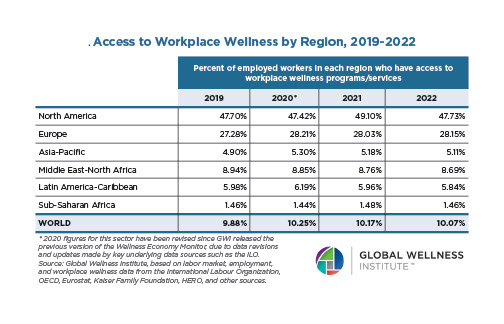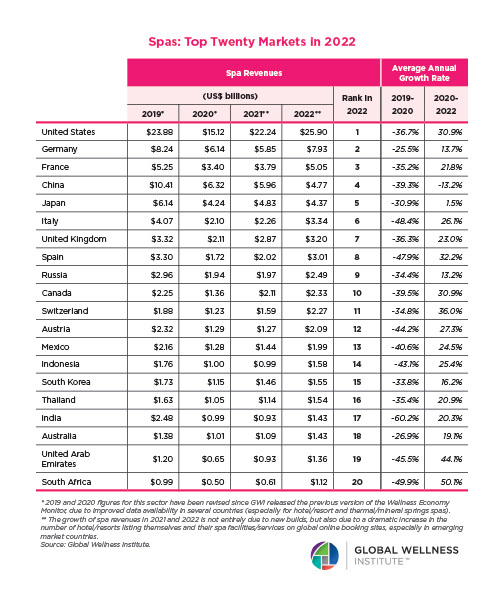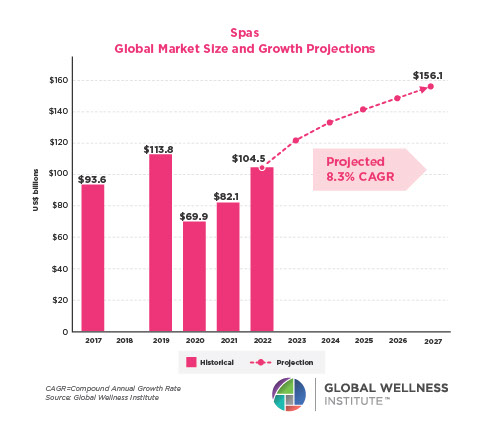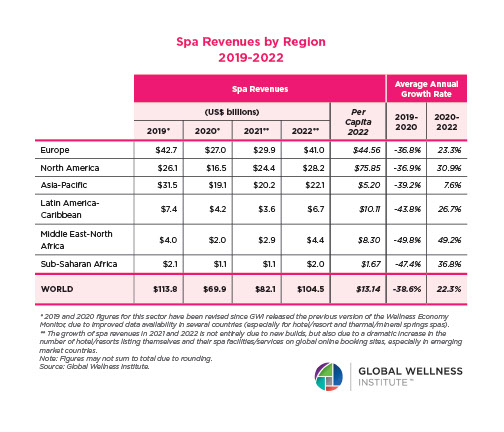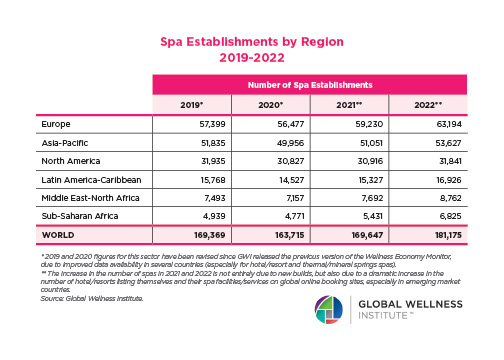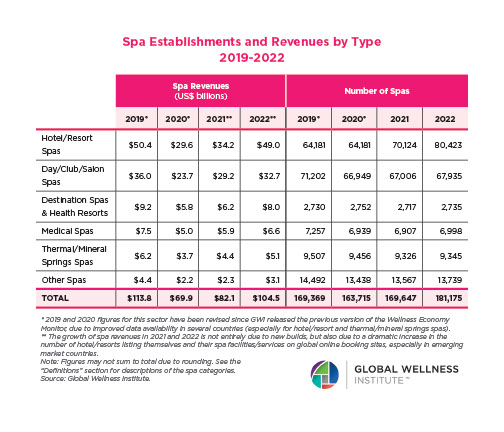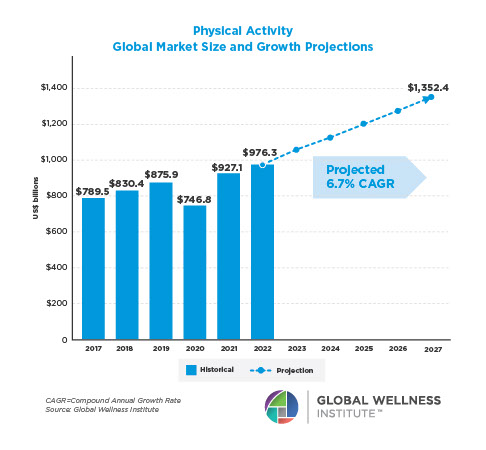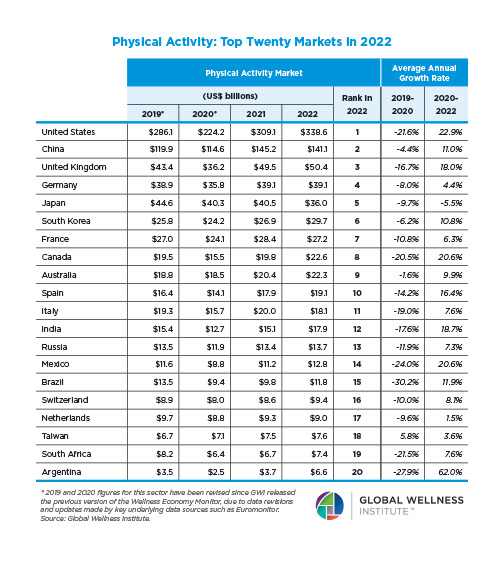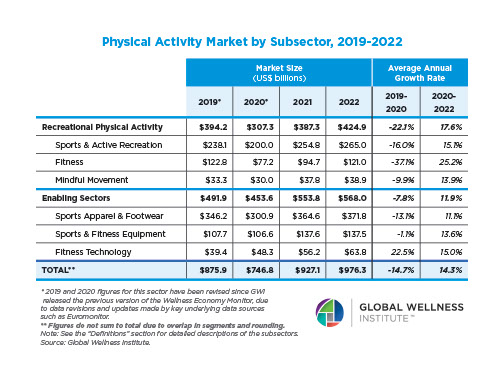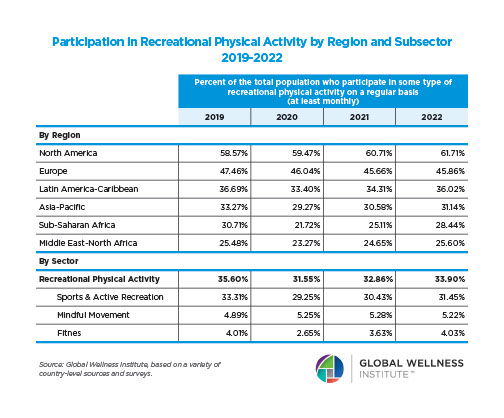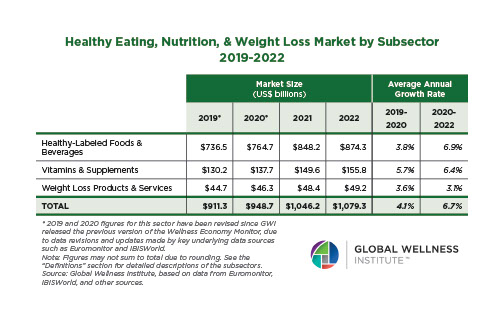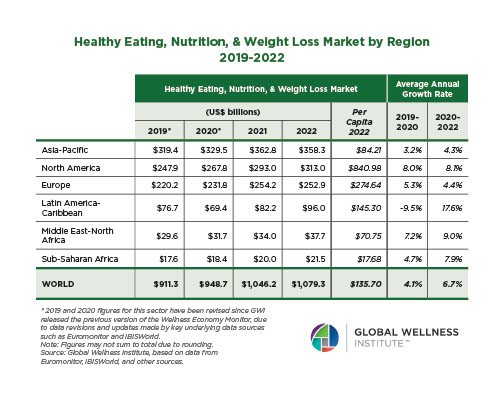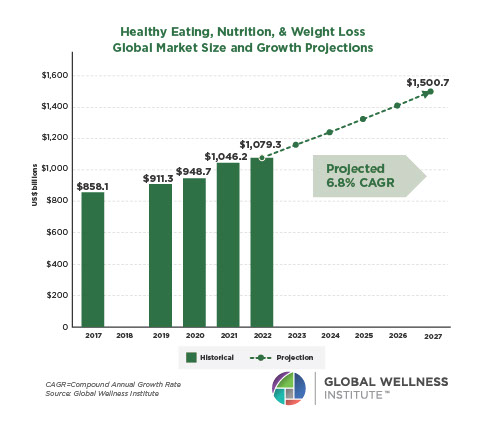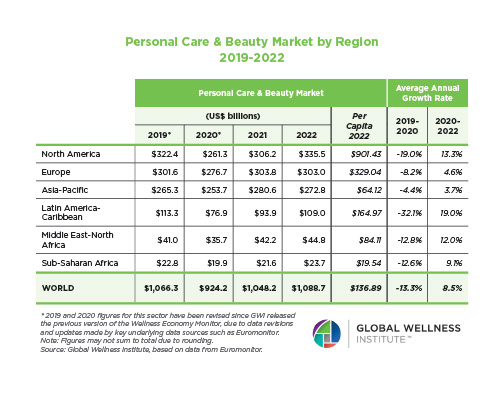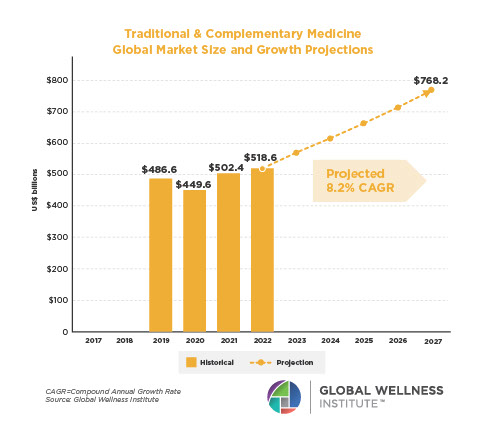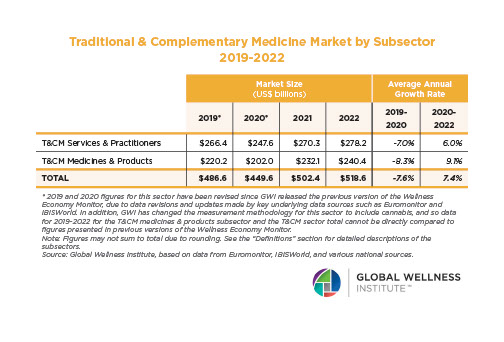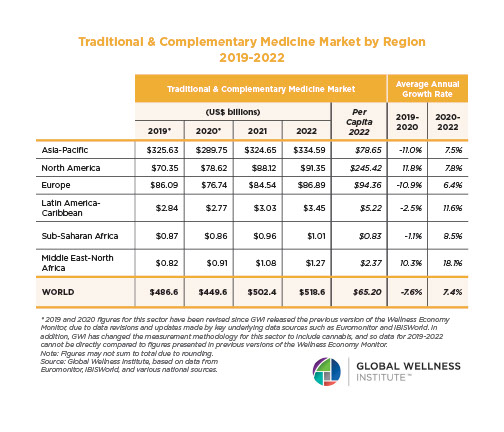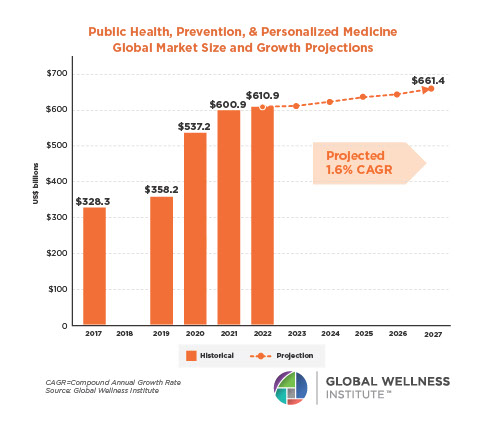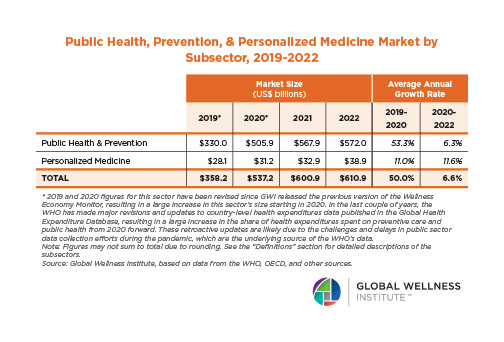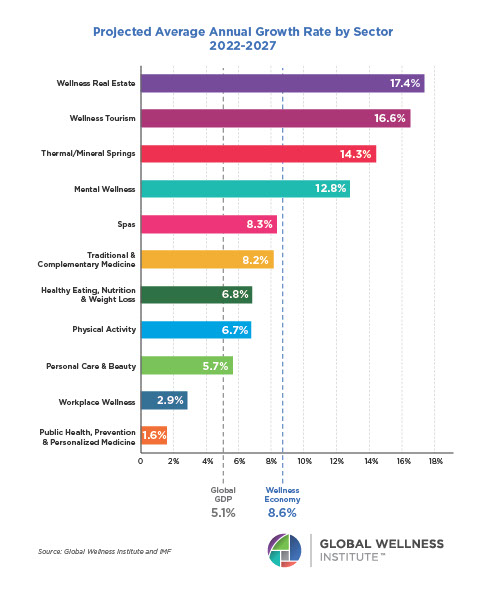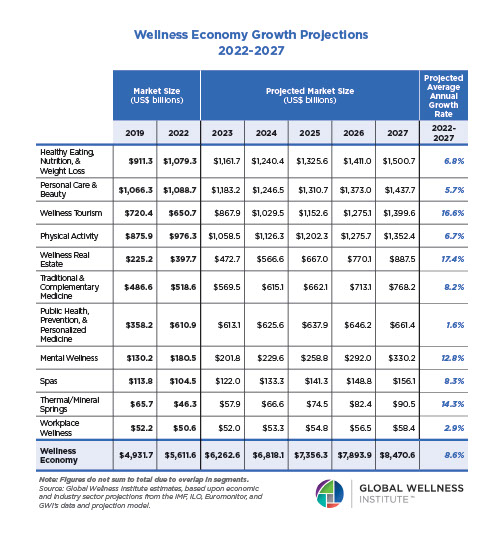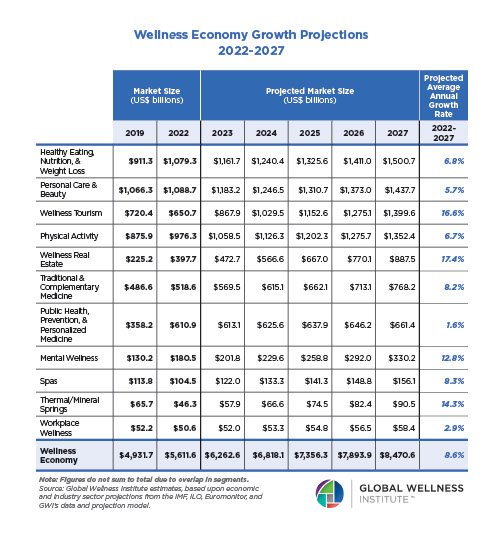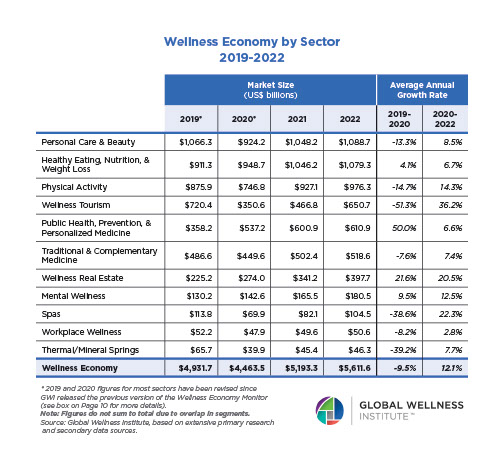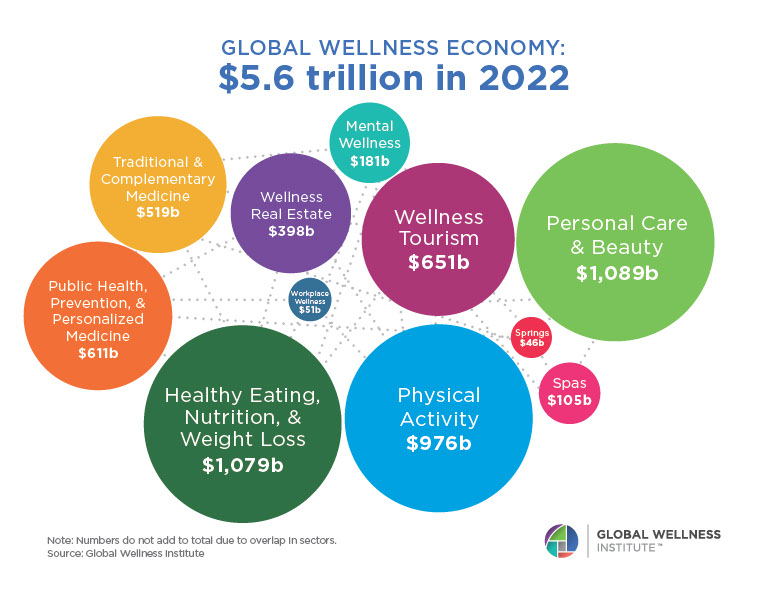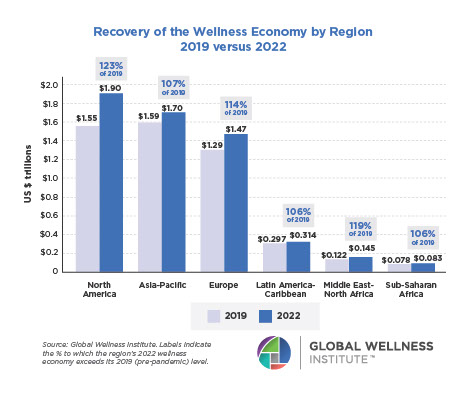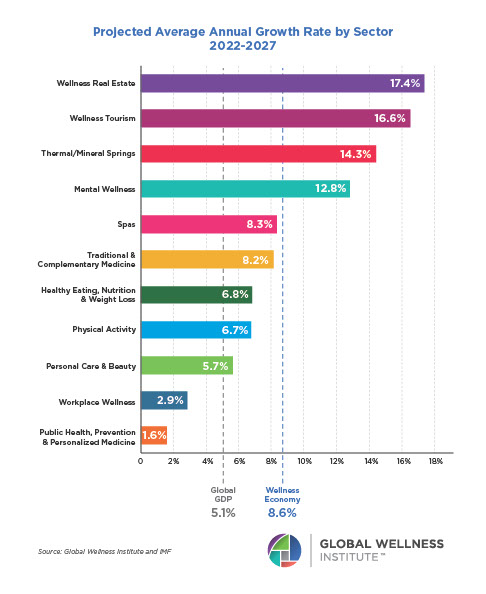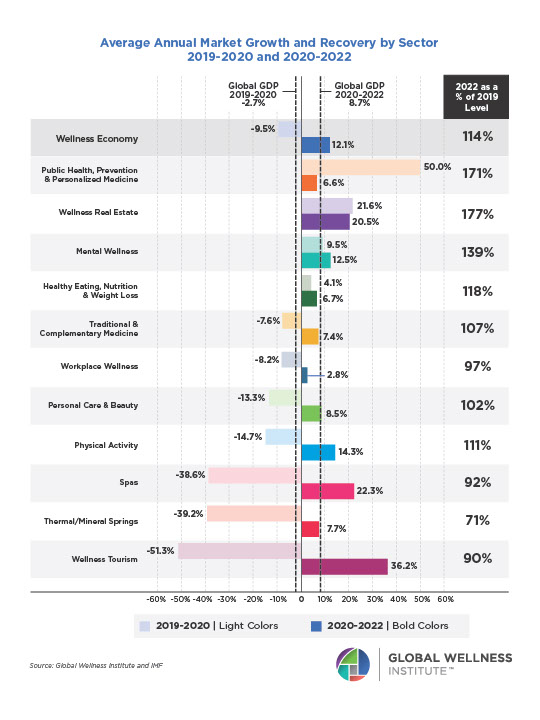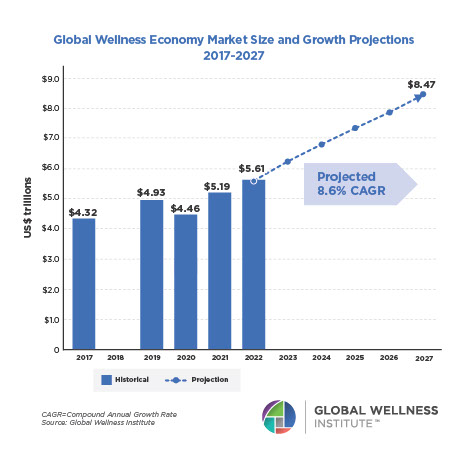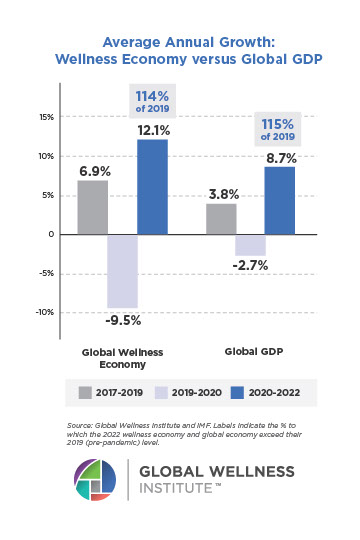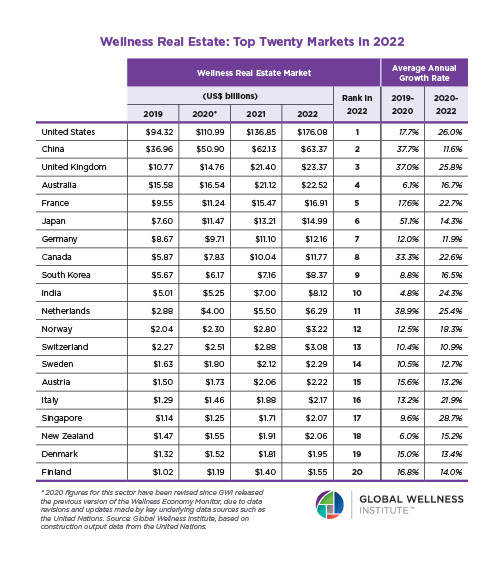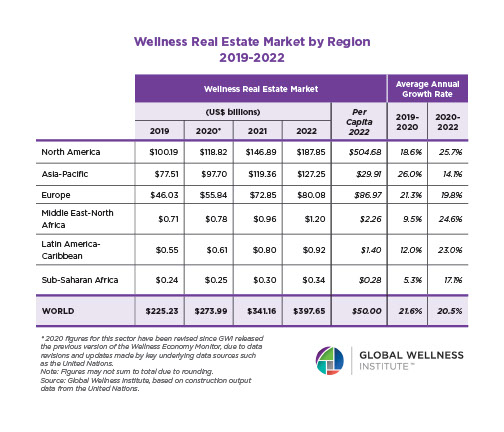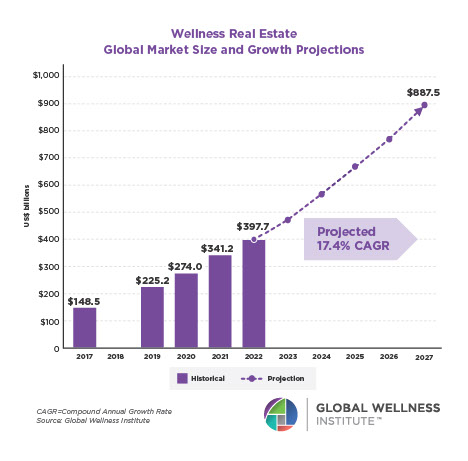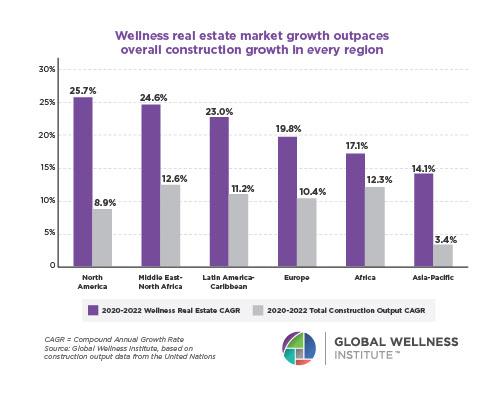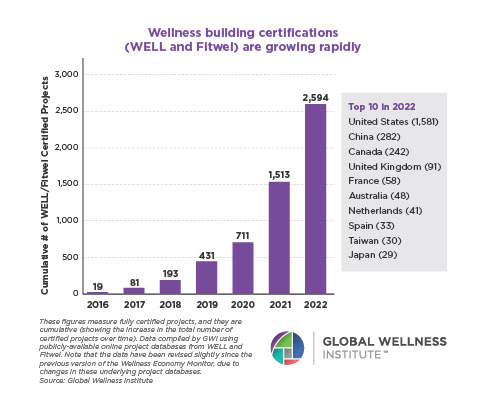Aging Well Initiative
2025 Trends
![]()
The Aging Well Initiative is dedicated to identifying and sharing the latest trends that enhance the wellbeing of people over 55. Today, the importance of aging well is more pronounced than ever, with a growing population of older adults seeking to live healthier, more fulfilling lives.
These trends highlight diverse ways in which older adults can maintain their independence and enhance their wellbeing.

TREND 1: Creative Aging
The creative aging movement is a transformative wellness trend that redefines later life as a period of growth, creativity, cultural contribution, and personal exploration. While older adults have long been involved in arts programming, there is an increasing recognition of the strong connections between creative engagement and overall wellbeing. Creative activities such as painting, music, dance, creative writing, and theater not only enhance emotional resilience, cognitive vitality, and social connections, but may also positively impact longevity. Research by G.D. Cohen even suggests that our creativity may increase as we age.
In recent years, the creative aging movement has seen significant expansion, fostering new collaborations between older adults and various arts organizations, including therapeutic arts programs, artist residencies, and museum initiatives. These programs underscore the vital role of the arts in promoting wellbeing, highlighting the societal value of older adults while supporting their mental, emotional, and physical health. A distinctive aspect of creative aging is its ability to challenge ageist stereotypes, enabling older adults to embrace a creative identity and view later life as an opportunity for cultural contributions and new learning.
Research indicates that engaging in creative activities stimulates neuroplasticity, potentially delaying cognitive decline and enhancing problem-solving skills. Emotional wellbeing is also significantly bolstered through creative pursuits, providing older adults with meaningful outlets for self-expression, relaxation, and stress reduction. Communal art-making combats isolation by fostering social bonds and a sense of belonging through collaboration and mutual inspiration. Physical benefits are evident in activities like dance or theater, which improve balance and coordination, and in painting or crafting, which enhance fine motor skills.
Embracing creative aging involves integrating creative practices into daily routines and recognizing them as essential to overall wellbeing. Older adults should be encouraged to engage in creative arts, such as art-making, nature drawing, ceramics, reflective journaling, or improvisational movement. This active curiosity can spark new insights and an enhanced sense of purpose.
Classes in poetry, music, culinary arts, or visual arts, as well as partnerships between aging services and arts organizations, can enrich this stage of life. Ultimately, creative aging highlights that older adulthood can be a vibrant period of life.
Resources
- Cohen, G. D., Perlstein, S., Chapline, J., Kelly, J., Firth, K. M., & Simmens, S. (2006). The impact of professionally conducted cultural programs on the physical health, mental health, and social functioning of older adults.” The Gerontologist, 46(6), 726–734. https://doi.org/10.1093/geront/46.6.726
- Edasis, Saunders, Hanna, Seigel (2003). The Next Wave in Creative Aging: A Cross-industry Report – https://www.mather.com/whitepaper-download-thank-you
- Cohen, G.D. (2000). The Creative Age: Awakening Human Potential in the Second Half of Life. New York, New York: Avon Books.
- Conner, T. S., DeYoung, C. G., & Silvia, P. J. (2018). “Everyday creative activity as a path to flourishing,” The Journal of Positive Psychology, 13(2),181–189. https://doi.org/10.1080/17439760.2016.1257049
- Thorp HH. “Music and the mind,” Science. 2024 Mar 21;383(6689):1271. doi: 10.1126/science.adp2969. Epub 2024 Mar 21. PMID: 38513018.
- Wen G. Chen, Emmeline Ewards, Sunil Iyengar, Robert Finkelstein, Deborah F. Rutter, Renée Fleming, Francis S. Collins. “Music and medicine: quickening the tempo of progress,” The Lancet. 2024 Mar;107:275-280. doi: https://doi.org/10.1016/S0140-6736(24)00477-X. Epub 2024 Mar 18. PMID: 38513679.
TREND 2: Bridging Generations – Harnessing AI for Human Connection
AI seems to be everywhere, increasingly finding its way into programs and products, and offering novel solutions to age-old (and old-age) challenges. Among these innovative applications is Eldera, a company leveraging AI to facilitate intergenerational mentoring relationships. Eldera’s mission, encapsulated in its name (“bringing forth the Era of the Elder”), is to harness the wealth of wisdom and experience of older adults. Through Eldera’s platform, mentors aged 60 and above are paired with young people aged 5 to 18 for weekly virtual mentoring sessions. Both mentors and mentees complete a comprehensive intake profile form that utilizes an AI algorithm to identify the most suitable mentor-mentee match.
For older adults, serving as mentors provides a sense of purpose and fulfillment, as they can share their knowledge and life experiences with younger generations. Additionally, it provides them with opportunities for social engagement and meaningful connections, potentially addressing feelings of loneliness and isolation. At the same time, youth participants stand to gain invaluable insights, guidance, and support from their mentors.
Ultimately, by integrating AI into the process of intergenerational mentoring, Eldera is not only facilitating stronger and more effective mentor-mentee relationships, but also paving the way for a brighter and more connected future for all generations.
Older Adults’ View on AI
Findings from Mather Institute’s study “Navigating the Digital Era” reveal that older adults may have a more favorable outlook on AI the more they learn about it. Only 7% of survey respondents reported using AI companions, but it’s possible that more respondents may adopt these devices in the future as they gain popularity.

Resources
- https://www.eldera.ai/
- Mather Institute, “Navigating the Digital Era: Older Adults’ Views on GPS, Smart Speakers & AI,” 2023
- Shoichet, C. (2023, October 23)
- How AI helps baby boomers find kids who need a mentor. CNN: https://www.cnn.com/2023/10/23/health/ai-eldera-boomers-mentor-kids-wellness-cec/index.html
TREND 3: Solo Aging
Solo aging, where older adults live alone without a life partner or children, is becoming increasingly prevalent. According to recent data, approximately 15% of households, or 22.1 million adults aged 55+, live alone in the United States, and this demographic is expected to grow. Solo agers face unique challenges, including isolation and lack of immediate familial support, which can lead to poorer mental health and lower life satisfaction compared to their peers with more robust support systems.
Organizations and companies are responding to this trend by developing services tailored to solo agers. These services include financial planning, volunteer matching, and continuing care-at-home memberships designed to provide a sense of security and community.
Research highlights several key concerns for solo agers, such as maintaining mobility and independence, mental engagement, and social connections. Despite these concerns, many solo agers have not yet made concrete plans for the future. The following chart illustrates a need for greater preparedness.

To support solo agers, service providers are encouraged to assess and enhance their programs and services, ensuring they meet the needs of this demographic. This includes fostering social connections and offering programs such as culinary and travel opportunities.
The trend of solo aging presents both challenges and opportunities. By proactively planning for their future needs and engaging in supportive environments, solo agers can enhance their wellbeing and maintain independence as they age.
Resources
- https://information.matherinstitute.com/flying-solo-2023
- https://generations.asaging.org/confronting-challenges-solo-aging
TREND 4: Reducetarian Eating
Whether for health reasons, out of compassion for animals, or to help protect the environment, more people are adapting their diets to be reducetarians. Unlike the stricter vegan and vegetarian movements, reducetarian eating does not aim to eliminate animal products but rather to decrease their consumption.
Moderation in consuming meat, seafood, eggs, and dairy can appeal to those who find all-or-nothing diets too restrictive.
A reducetarian’s diet may take a variety of forms:
- Following a vegetarian diet but eating turkey and other meat entrees during holidays with extended family.
- Sticking to a vegan diet most days but indulging in animal products on occasion.
- Eating a plant-based diet during the week but eating like an omnivore on weekends.
Although meat consumption is increasing in the US and globally, a growing number of young people report that they want to reduce their meat intake for environmental reasons. The Food and Agriculture Organization of the United Nations has found that nearly 15% of the Earth’s greenhouse gas emissions are attributed to livestock production. And, eating a reducetarian diet can make a significant difference. According to one British study, if everyone in the UK who is a significant meat eater reduced their meat consumption, the environmental impact would be equivalent to taking eight million cars off the road. It’s clear that if reducetarianism grows in popularity, it could take a bite out of climate change.
The Future of Food Marketing
Regardless of whether reducetarianism takes off, food producers are keenly aware of people’s interest in, and effort regarding, changing to a diet that is more environmentally friendly. As the number of climate-conscious consumers grows, look for changes in how foods are marketed. We may start to see labeling or menus ranking the food’s “carbon footprint,” or similar metrics that reveal environmental commitment.
Resources
- Aruhma,. (2023, April 28). “The reducetarian movement: Why it’s a popular diet trend for 2023”
- CBS News. (2023, March 9). “Climate diet trend: A ‘reducetarian’ explains how to eat with the health of the planet in mind.” https://www.cbsnews.com/news/climate-diets-reducetarian-environment-meat/
- Cohen, L. (2023, January 10). “U.S. still off-track for climate goals as greenhouse gas emissions rise for second straight year, new report says. CBS News. https://www.cbsnews.com/news/u-s-still-off-track-for-climate-goals-as-greenhouse-gas-emissions-rise-for-second-straight-year-new-report-says/
- Food and Agriculture Organization of the United Nations. https://www.fao.org/home/en/
- Ghosh, P. (2023, July 20). “Eating less meat ‘like taking 8m cars off road’.” BBC. https://www.bbc.com/news/science-environment-66238584
- Reducetarian Foundation. https://www.reducetarian.org/what
TREND 5: Equine Enhanced Wellness Programs Offer Older Adults New Leases on Life
Horses and humans have a long history together, so it should come as no surprise that horses are remarkably attuned to human emotions. Horses react to humans’ facial expressions, body language, and tone of voice and can even detect when a human facial expression does not match the tone of voice (e.g., a smile paired with a stern word).
Equine enhanced wellness is a recent trend in harnessing the therapeutic benefits of horses for improved health and wellbeing. It is a well-grounded practice in the principles and practices of animal-assisted therapy and learning.
Equine enhanced wellness can lead to improvements in balance, core muscular strength, and functional movement. Patterns of breathing can be affected positively along with blood circulation. Interacting with horses is particularly beneficial for individuals experiencing memory loss. Older adults may benefit from petting and brushing horses, combing their manes and tails, or having horses nuzzle them. Older adults may also benefit from caring for and feeding the horses. Individuals with anxiety may experience relief in the presence of calm horses.
Regular visits to the stable or paddock can lead to emotional bonding with the horses. Moreover, spending time in barns and particularly outside in paddocks with horses offers the benefits of “earthing” and “grounding” practices, as well as a connection with nature. While many older adults have pets and companion animals in their homes, horses possess a size, sensitivity, and mobility that allow well-designed equine enhanced wellness programs to emphasize sensory, somatic, and contemplative practices addressing various aspects of wellness.
Resources
- Dr. Stephen Smith. Professor, Faculty of Education & Director, Professional Programs, Simon Fraser University.
- Baldwin, A. L., Rector, B. K., and Alden, A. C. (2021). “Physiological and Behavioral Benefits for People and Horses during Guided Interactions at an Assisted Living Residence,” Behavioral Sciences, 11 (10): 129. doi: 10.3390/bs11100129
- Navarra, K. (May 27, 2019). “Horses helping seniors,” Horse&Rider. https://horseandrider.com/horse-health-care/horses-helping-seniors/
- The Equine Chronicle (Dec 28, 2017). “Innovative senior living community offers equine therapy at on-site stable.” https://www.equinechronicle.com/innovative-senior-living-center-offers-equine-therapy-at-on-site-stable/
- The Washington Post (July 28, 2022). “A ‘magical’ treatment for seniors with dementia: Horse therapy.” https://www.washingtonpost.com/dc-md-va/2022/07/28/virginia-seniors-dementia-horse-therapy/
- VIPcare. (2024, May 3). “Equine Therapy for Older Adults: A Path to Improved Health” https://getvipcare.com/blog/equine-therapy-for-older-adults/

